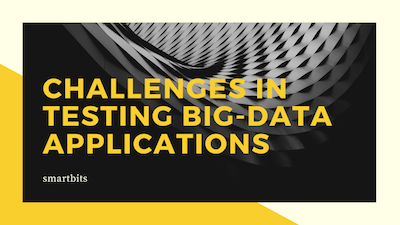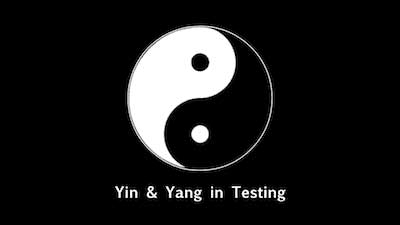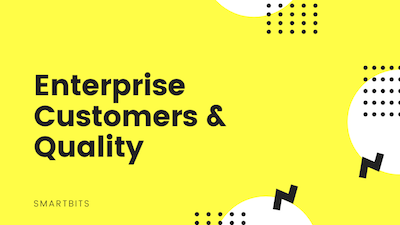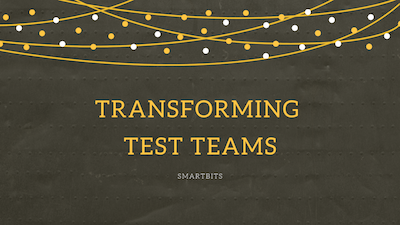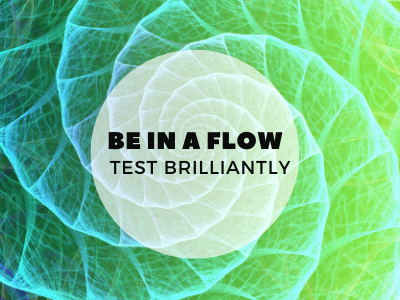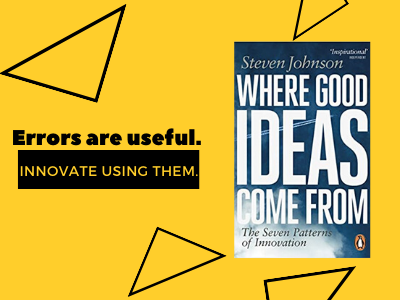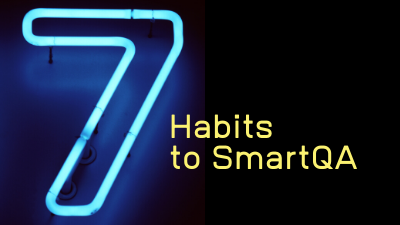Corners are interesting as they are subtle, invisible really. They could be complex with many things that intersect and therefore display an unique behaviour. They may not necessarily symmetrical at ends, nor be similar to behaviour in the middle.
Continue readingChallenges in testing big-data applications
( In this SmartBits, Arun Krishnan outlines “Challenges in testing big-data applications“. The video is at the end of this blog)
“I understand that big data is characterized by three V’s volume, velocity and variety with the data formats classified into different categories of structured, semi-structured data and unstructured data, and these are acquired from a variety of sources. What are some of the challenges or issues that these pose to validation?” Dr Krishnan’s answer to this question is below.
The Three V’s Volume, Velocity and Variety actually depends on who you are. There are 4V’s and 5V’s as well. Some of the definitions around Big Data are volume, variety, velocity but in a true sense all these are relative.
There are people who say 1TB of data and above is Big Data. The best definition as of today is one bit more data than your system can handle. If there is a system with 8 GB of memory and there are 8 GB and 1 bit of data if this can’t be loaded into memory that is the Big data and then it needs to be broken into chunks.
When we talk about Big Data, we need to understand that it is relative. What Big Data is to a retail chain where there is a point of sale data coming in every second or every minute need not be the same for a company which tests the software where the focus is on looking at test results coming in every few minutes or every hour.
HR data from a retail chain perspective is not big data, but from an HR perspective, yes they do, they have a variety of data sets coming in and they got to pull it all together The trick is in bringing all the data together and then get deeper into it. It’s not about the data quantity.
Data are in different forms like structured, semi-structured or unstructured. How we tie it all together and how we gain insights from them, is analytics. Another example is one of my students had been to an internship at an Indian public sector unit, and there he was asked which are the best colleges to hire from. This is a huge amount of data that one could gather. This student did something really simple and straightforward. He took the average scores for every College on performance and he took the average scores on that amount of time that college folks have spent in that organization. Plot the data with Y-axis as performance and X-axis the amount of time spent. Then arbitrarily, take two values one parallel to the x-axis one parallel to the y-axis. It suddenly has four quadrants and interestingly enough all the IIT’s came in the bottom quadrant, which is low retention and low performance. Very simple things can be done in analytics but the idea here is tying these two pieces of data together.
Even for testing it is important to figure out how we can tie real-time data coming in from devices, what we are getting in from server logs, as well as what Developers might be putting as comment, and then use that to infer what would be the issue and then build the test cases.
Yin & Yang in Testing
Intelligent testing is a brilliant set of opposites. Is it finding more bugs or enabling brilliant code from start? Is it about frequent and continuous evaluation or being sensitive and pre-empting issues? Is it an act of doing or a state of mind? In this article I relate intelligent testing to Yin & Yang, where the tension of opposites keeps one in the perfect state of balance enabling one to deliver the very best.
Continue readingEnterprise Customers & Quality
Expectations are getting changed due to the disruptive nature of technology. Most of the people in some domains are on legacy platforms. Moving onto a digital platform definitely changes the role of QA, this needs to be planned.
Continue readingWhat Masai Mara taught me about leadership
Want to be a successful leader? Let animals be your guide. Assemble varied skills to build a great team. Let good techniques and methodical action unleash the power. Watch progress and steer continuously. Be confident. Make decisions. Enable each individual to unleash their full potential. Finally enjoy the journey.
Continue readingShould I know the architecture to test?
I think it is a given. You cannot validate if you do not how it is constructed and what it is doing.
Continue readingTransforming test teams
As a leader running platform engineering organization, industry changes made us reimagine how we test software platforms.
Continue readingBe in a Flow. Test Brilliantly.
Good testing is a great combination of intellect, techniques, process and heuristics. What does it take to do brilliant testing ?
Continue readingErrors are useful, innovate using them.
As software test practitioners we revel in finding bugs, and as managers and engineers we are focused on fixing these.
Continue reading7 Habits to SmartQA
Smartness is a brilliant combination of knowledge and skill is using this.
Skill is acquired by intense practice. Intense practice happens when it becomes a habit. In this article I look at SEVEN habits that are key to SmartQA.

